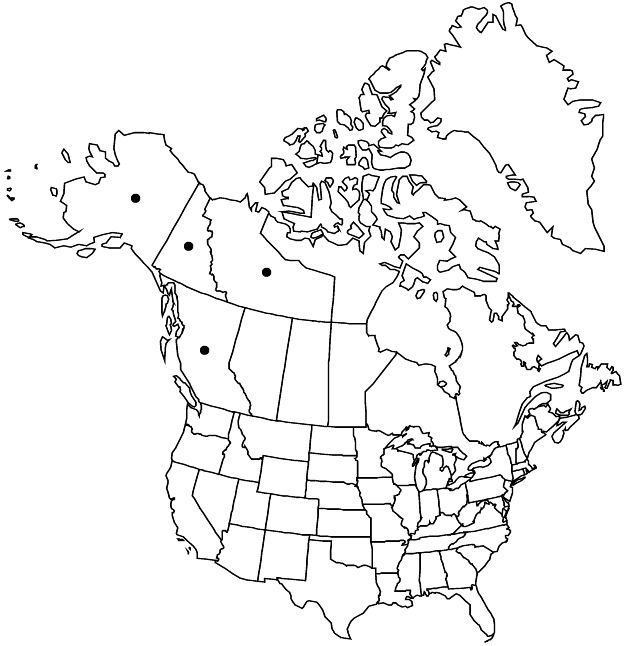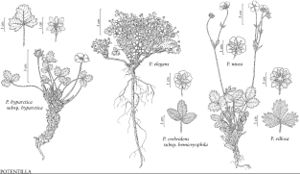Difference between revisions of "Potentilla elegans"
Linnaea 2: 22. 1827.
FNA>Volume Importer |
FNA>Volume Importer |
||
| Line 10: | Line 10: | ||
|special_status={{Treatment/ID/Special_status | |special_status={{Treatment/ID/Special_status | ||
|code=F | |code=F | ||
| − | |label= | + | |label=Illustrated |
}} | }} | ||
|basionyms= | |basionyms= | ||
| Line 37: | Line 37: | ||
-->{{#Taxon: | -->{{#Taxon: | ||
name=Potentilla elegans | name=Potentilla elegans | ||
| − | |||
|authority=Chamisso & Schlechtendal | |authority=Chamisso & Schlechtendal | ||
|rank=species | |rank=species | ||
| Line 51: | Line 50: | ||
|publication title=Linnaea | |publication title=Linnaea | ||
|publication year=1827 | |publication year=1827 | ||
| − | |special status= | + | |special status=Illustrated |
| − | |source xml=https://jpend@bitbucket.org/aafc-mbb/fna-data-curation.git/src/ | + | |source xml=https://jpend@bitbucket.org/aafc-mbb/fna-data-curation.git/src/f50eec43f223ca0e34566be0b046453a0960e173/coarse_grained_fna_xml/V9/V9_295.xml |
|subfamily=Rosaceae subfam. Rosoideae | |subfamily=Rosaceae subfam. Rosoideae | ||
|tribe=Rosaceae tribe Potentilleae | |tribe=Rosaceae tribe Potentilleae | ||
Revision as of 22:39, 16 December 2019
Plants densely tufted to cushion-forming; caudex branches usually short, stout, sometimes embedded in old leaves. Stems erect, 0.1–0.5 dm, lengths 1–2 times leaves. Basal leaves not in ranks, ternate, 0.5–2.5(–4) cm; stipules: apex acute to obtuse; petiole 0.2–1.8(–2.5) cm, long hairs ± sparse, ± spreading, 0.2–1 mm, weak, glands sparse to abundant; leaflets 3, central obtriangular to flabellate, 0.5–0.7(–1) × 0.5–0.7 cm, petiolule 0–0.5 mm, margins flat, distal 3/4+ deeply 3–5-lobed (sinuses extending 2/3–3/4 to midvein), lobes unevenly incised 1/4–1/2 to midvein, teeth 1–3(–5) per lobe, surfaces similar, green, brownish, or reddish, hairs absent or sparse, 0.2–0.5 mm, glands sparse to common (also densely punctate-glandular). Inflorescences 1-flowered. Pedicels straight or ± curved, 0–0.5(–2) cm in flower, to 5 cm in fruit. Flowers: epicalyx bractlets linear, elliptic, or obovate, 2–2.2 × 0.8–1.1 mm, margins flat; hypanthium 2.5–3.5 mm diam.; sepals 2.2–2.5 mm, apex broadly acute to obtuse; petals pale yellow, 3–3.5 × 3–3.5 mm; filaments 1–1.5 mm, anthers 0.3–0.4 mm; carpels 20–25, styles ± columnar, not papillate-swollen proximally, 0.7–0.9 mm. Achenes 1.2 mm. 2n = 14, 28 (Russian Far East).
Phenology: Flowering spring–summer.
Habitat: Rock crevices, blocky scree, mountain summits, mostly on acidic bedrock
Elevation: 100–1600 m
Distribution

B.C., N.W.T., Yukon, Alaska, e Asia (Russian Far East).
Discussion
For present purposes, Potentilla elegans is treated in sect. Aureae, as was done by B. C. Johnston (1985), largely on the basis of pragmatism. J. Soják (1994) places the species instead in sect. Dumosae Soják, which otherwise comprises several Himalayan species.
Selected References
None.
